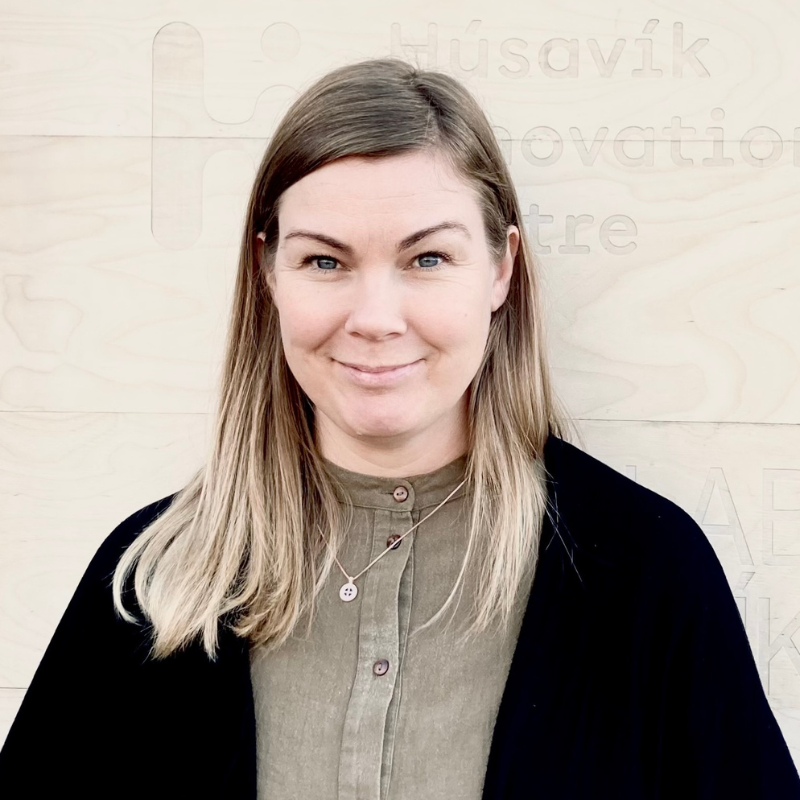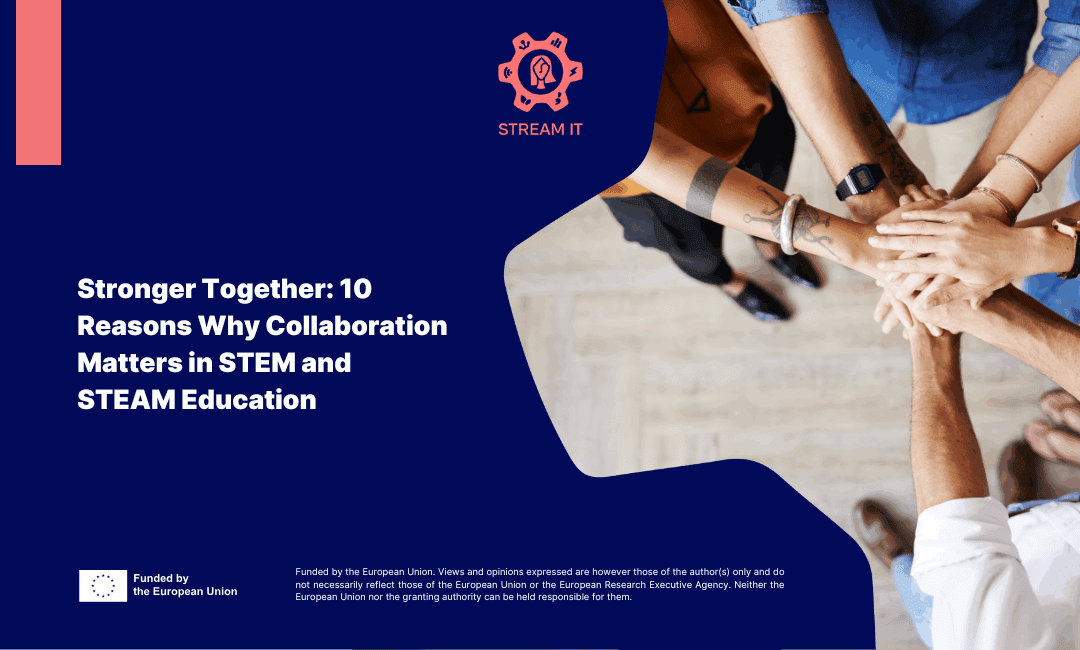In a fast-changing world filled with complex challenges, no one can – or should – go it alone. Whether we’re working to strengthen education, drive innovation, empower communities, or address global issues like climate change and inclusion, the path forward is rarely a solo journey. Instead, it’s about building bridges, sharing responsibility, and working collectively toward shared goals.
This is the heart of the STEM Learning Ecosystems (SLEs) approach – a global movement that brings together schools, businesses, libraries, universities, families, cultural institutions, and local leaders to create inclusive, place-based ecosystems of learning and innovation. SLEs are rooted in the belief that education is not the sole responsibility of the classroom, but a shared mission shaped by all parts of society.
Collaboration is not a luxury – it’s a necessity. Here are 10 reasons why we believe working together is key to creating meaningful, resilient, and future-ready STEM/STEAM education.
1. Synergy – We Go Further Together
When different people and institutions come together with a shared purpose, the result is often greater than what any of them could create alone. Ideas evolve, strengths support each other, and new opportunities emerge. But this doesn’t happen by chance – it takes care, trust, and thoughtful leadership. When those elements are in place, collaboration becomes a foundation for deeper, more lasting impact.
2. Diverse Perspectives – More Eyes, Wider Vision
Each person brings a unique lens shaped by their background, culture, and experience. In collaboration, we open ourselves to new ways of thinking and seeing. This leads to richer understanding, more inclusive decisions, and solutions we might never have imagined on our own.
3. Trust and Participation – Relationships Are the Foundation
Collaboration builds trust. By investing our ideas, our energy, and our hearts in shared projects, we strengthen the ties between people, communities, and institutions. This trust fuels participation — and that participation builds thriving, resilient learning environments.
4. Resource Sharing – Shared Load, Greater Impact
Instead of working in isolation, collaboration allows us to share knowledge, tools, funding, and human resources. It creates efficiency and ensures that efforts are aligned, not duplicated. With the right partnerships, even small teams can achieve large-scale results.
5. Bridging Education and the Real World – Making Learning Meaningful
When learning is connected to real-world experiences and opportunities, young people gain insight into how their knowledge can be used in life and work. Collaboration between education and industry makes learning relevant, alive, and full of possibility.
6. Community Ownership and Sustainability – Projects That Live
Projects born from collaboration reflect real community needs – not just top-down ideas. This makes them more likely to be supported, nurtured, and sustained over time. They adapt and evolve because they belong to the people they serve.
7. Shared Learning and Growth – We Learn Together
Few things are more valuable than learning from others. In collaboration, we grow through shared experience – learning from each other’s insights, mistakes, and successes. This includes both technical skills and the human skills that make lasting partnerships work.
8. Faster Progress – Many Hands, Steady Momentum
When work and responsibility are shared, we can move faster and more effectively. Collaboration enables us to take bigger steps, respond more quickly to change, and keep momentum in projects that might otherwise stall or lose direction.
9. Common Vision – Shared Goals, Stronger Direction
Collaboration is not just about tasks – it’s about dreams. When people create a shared vision, everyone pulls in the same direction. That clarity of purpose creates alignment, motivation, and resilience when the road gets tough.
10. Adaptability and Resilience – Stronger Together in Uncertainty
In a world where change is inevitable, collaborative teams are more flexible and prepared. They can pivot, reorganize, and meet new challenges because their strength lies in collective capacity – not just individual effort.
Collaboration Is a Mindset

Collaboration is not just a strategy – it’s a way of thinking. It asks us to listen, to share, and to believe that we are better together than apart. In STEM and STEAM education, collaboration helps us build systems that reflect the complexity and beauty of real life – systems that are inclusive, responsive, and future-ready.
So we invite you to ask:
- Who could you partner with next?
- What would happen if you opened your work to new voices?
- What could your community create — if everyone had a seat at the table?
Let’s find out together!!
✅ Learn more about STEM Learning Ecosystems at www.stemecosystems.org
✅ Are you working in STEM/STEAM education in the Nordics? Get in touch — we’re building a network.
Author

STEM ICELAND
Huld Hafliðadóttir is the Co-founder of STEM Iceland and Director of STEM Húsavík, the first STEM Learning Ecosystem in Iceland. With a background in social sciences, she specialises in community well-being, social innovation, and inclusive education. Huld is an experienced community leader and entrepreneur, with a strong focus on building cross-sector collaborations and advancing equity in STEM. She is also an alumna of the Academy for Women Entrepreneurs (AWE) and the U.S. State Department’s International Visitor Leadership Program (IVLP).

